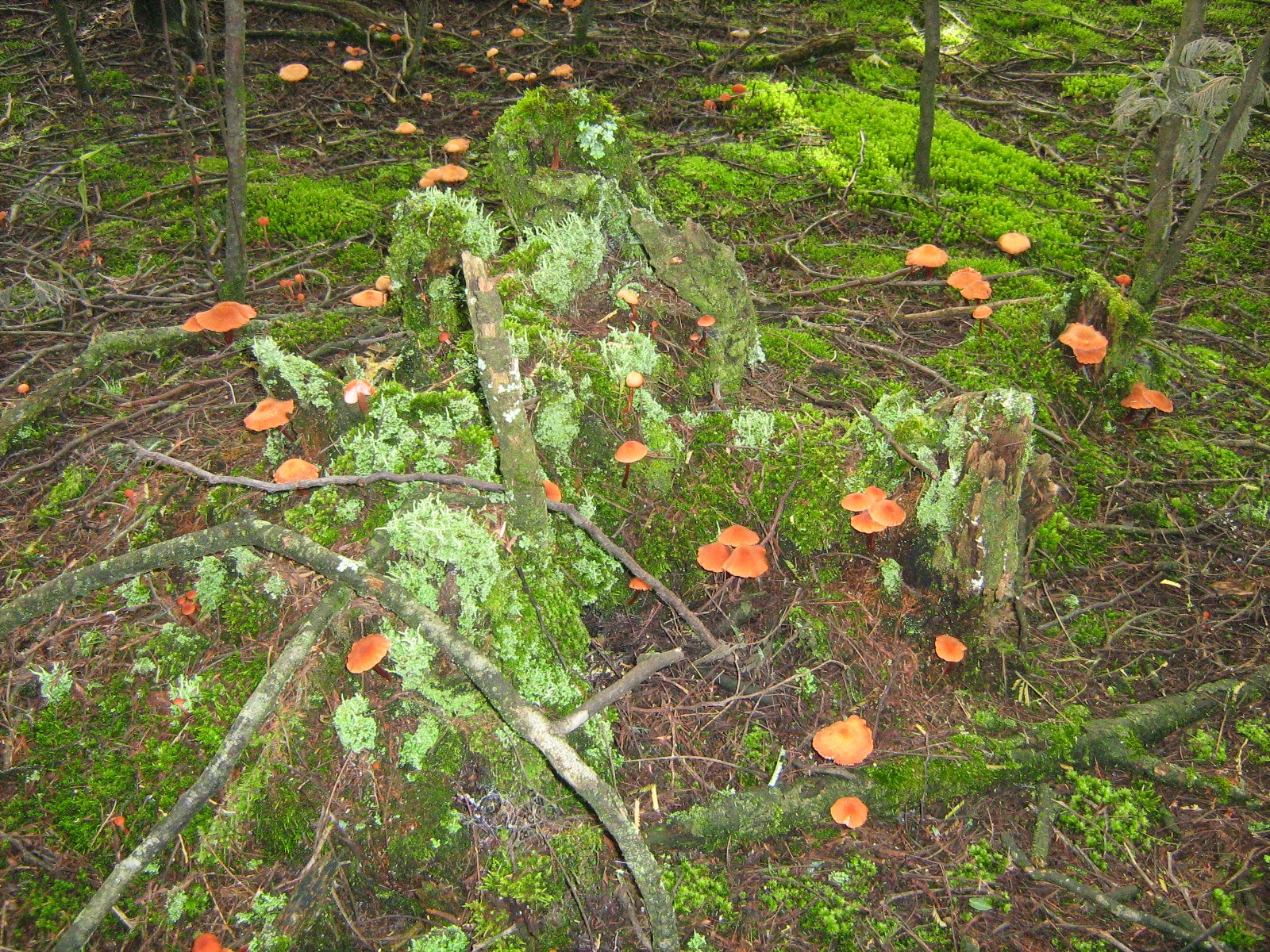Nature spirits and devas
Jimmy Henderson
Hons BA (philosophy) MA (psychology), FRC
Many people will admit to seeing what appear to be faces
in the foliage of trees and bushes when out walking in natural settings.
In
terms of the ability of the mind to transform subtle
sense-impressions into symbolic images, this could be explained as follows:
These experiences are very subjective, and figures will appear within the faculty of imagination (almost like a daydream), and therefore will generally only be detected (or sensed) by those who have an open mind and have a well-developed faculty of imagery.
The energy accumulating around natural flora such as bushes and trees provides an ideal environment for the accumulations of small pockets of conscious energy often referred to as 'nature spirit's to emerge and present themselves. Their energy-characteristics become cues for our perceptual processes and we will see what we believe to be physical and personality traits, such as size, form, dress and features.
In the case of the 'faces' in the bush, the shading and structure of the foliage is augmented and shaped by the mind using selective perception to arrive at the image of a face, the features and expression of which will represent the energy characteristics of the elemental consciousness. The face could therefore appear friendly or unfriendly, large and brutish or small and kind-looking depending on whether the energy has been translated in the mind as ‘evolved’ or ‘primitive’, ‘powerful’ or ‘gentle’.
A simple rule is that the higher and more evolved the nature 'spirit', the more attractive he or she will appear. In other words, these 'nature' personalities have a real existence in energy, but their actual form and appearance is shaped by our symbolic mental processes and frameworks of interpretation.
These nature spirits are generally very shy and wary, but will communicate and interact with us if we have a genuine love and respect for nature and our minds are completely open to their existence.
Deva
Deva are more
powerful natural archetypal entities which have been described as the overseers of Nature. It is said that they are the guardians of natural phenomena and the elements
of earth, air (wind) fire and water. When it comes to the ‘construction’ of this
sphere of reality out of conscious energy, they could be regarded as the agents
working behind the scenes, giving form and direction to the formation of the energy structures on this plane of existence. In some esoteric texts they are also
referred to as 'earth angels'.
Once again, due to our symbolic
mental processing, deva will appear (in the mind) as extremely large humanlike forms
of either gender.
It is therefore quite possible that many of the so-called (minor)
religious deities listed throughout Greek, Roman and Aryan history, may, in
fact, be expressions of deva, but this is only my opinion at this stage.
As
previously stated, their activity suggests that their primary purpose is that of
the structuring, guardianship and correction of the energy-matrices which we experience as the natural world, and, not being really
concerned with our human development, deva should rather be left to continue their task.
Jimmy Henderson is a cognitive specialist who is also a metaphysician and has been able to integrate human psychology with the higher world of metaphysics. His books are available on Amazon.com and through his website www. jimmyhendersonbooks.com







